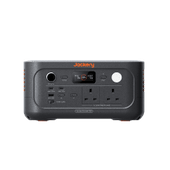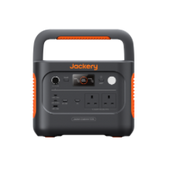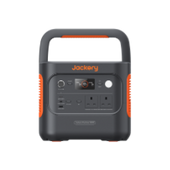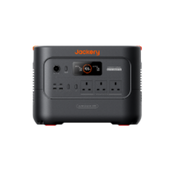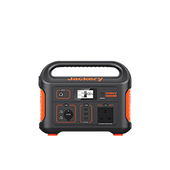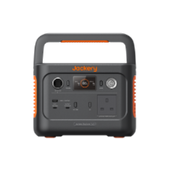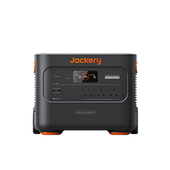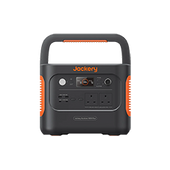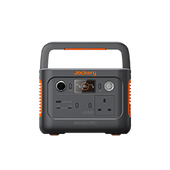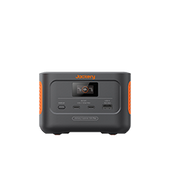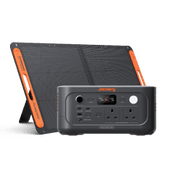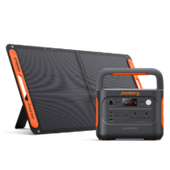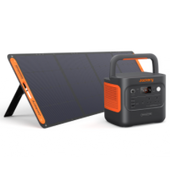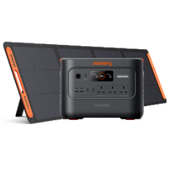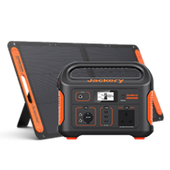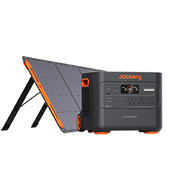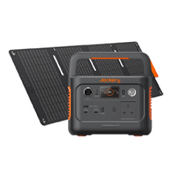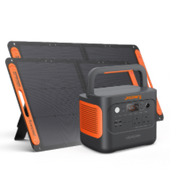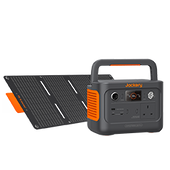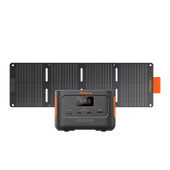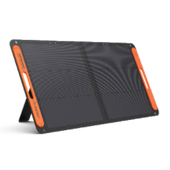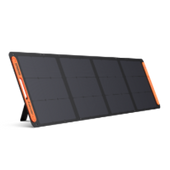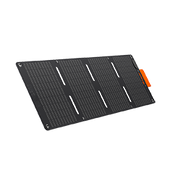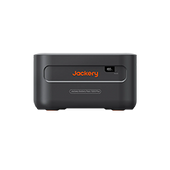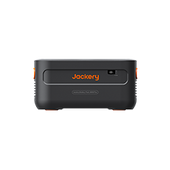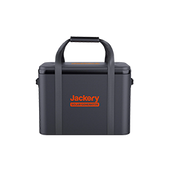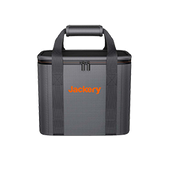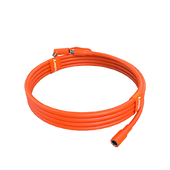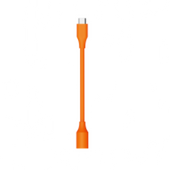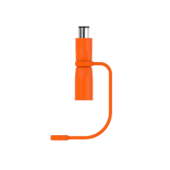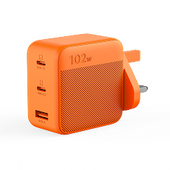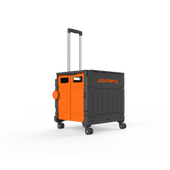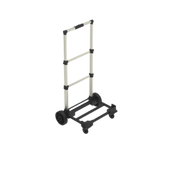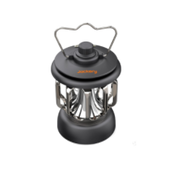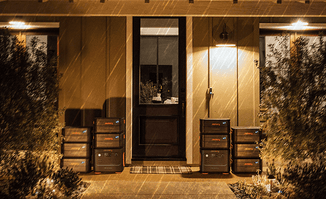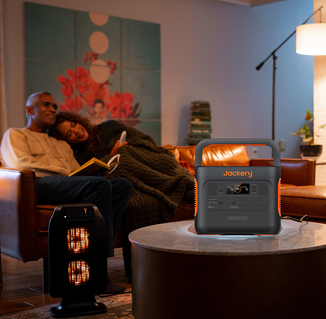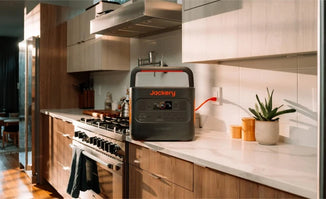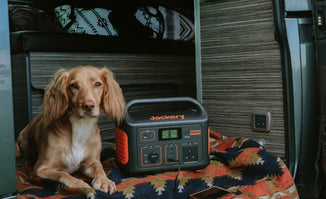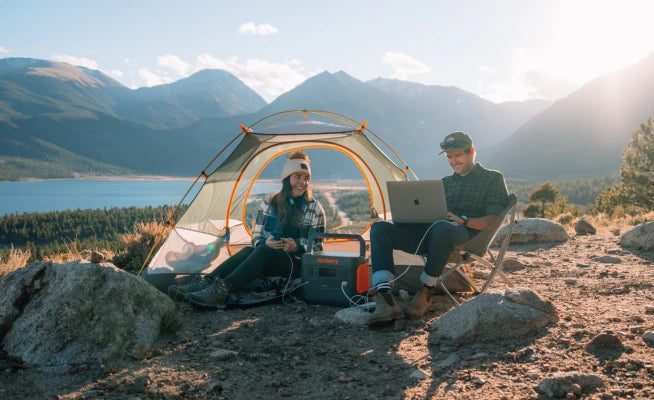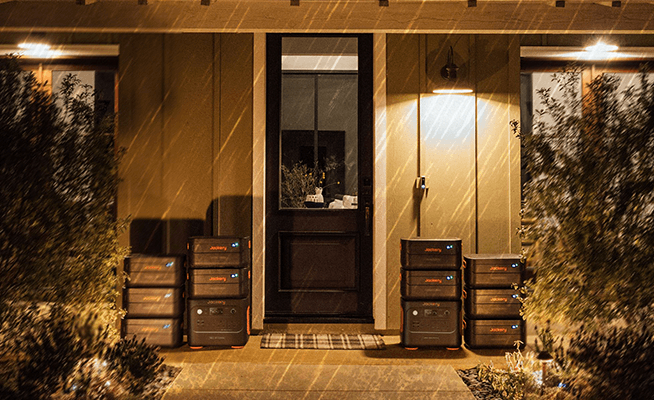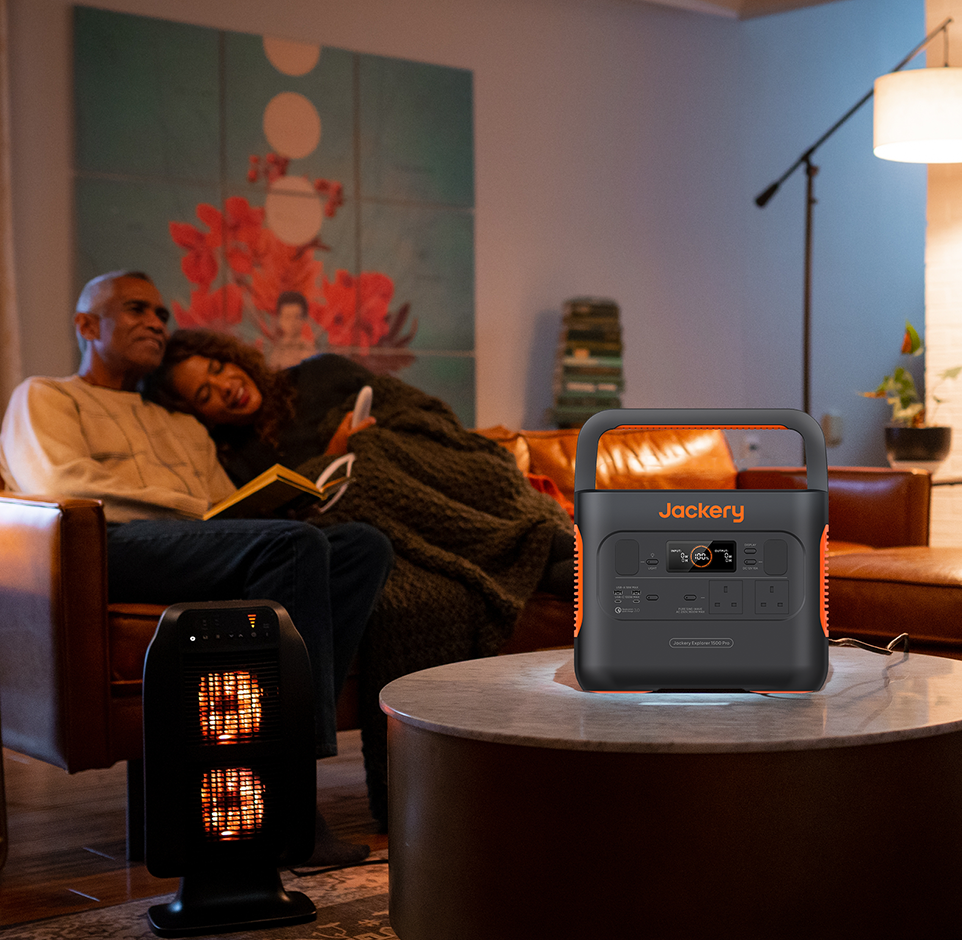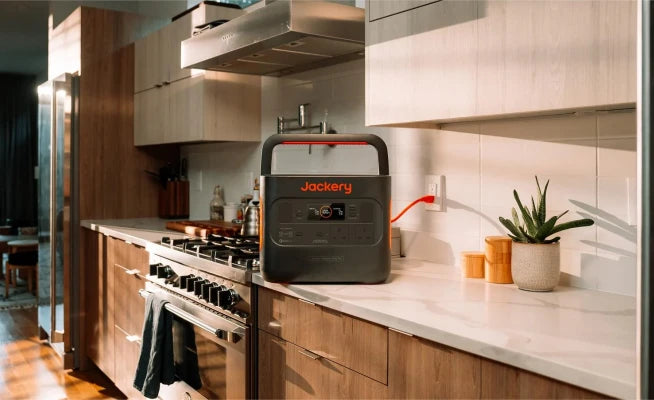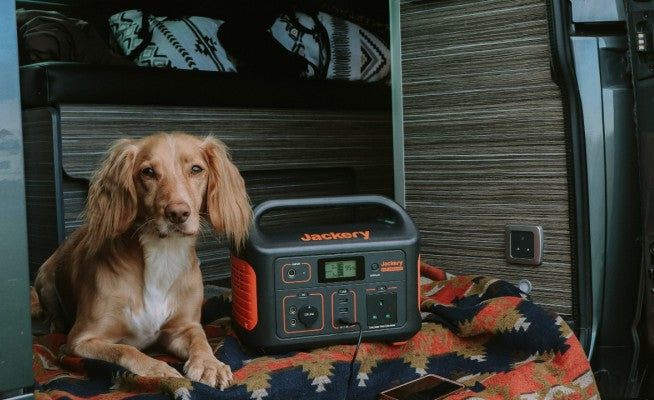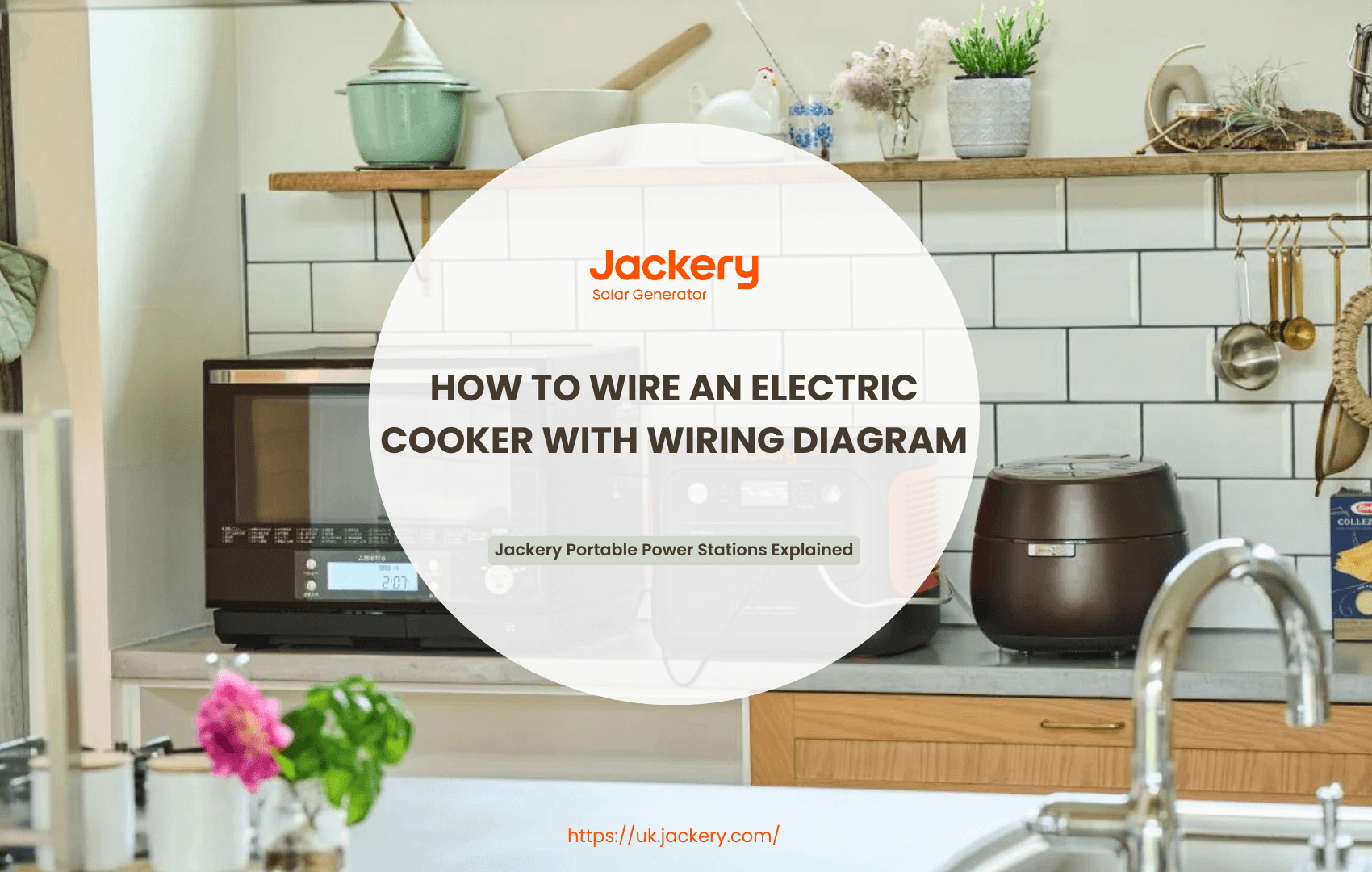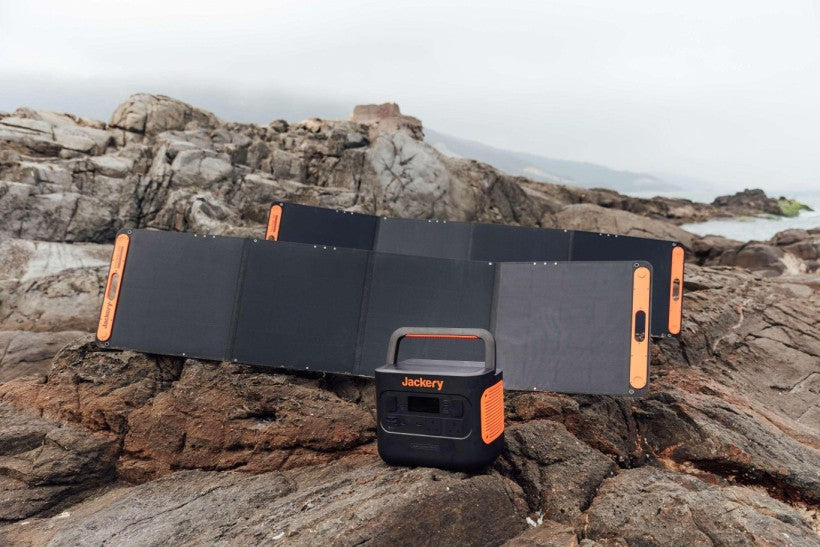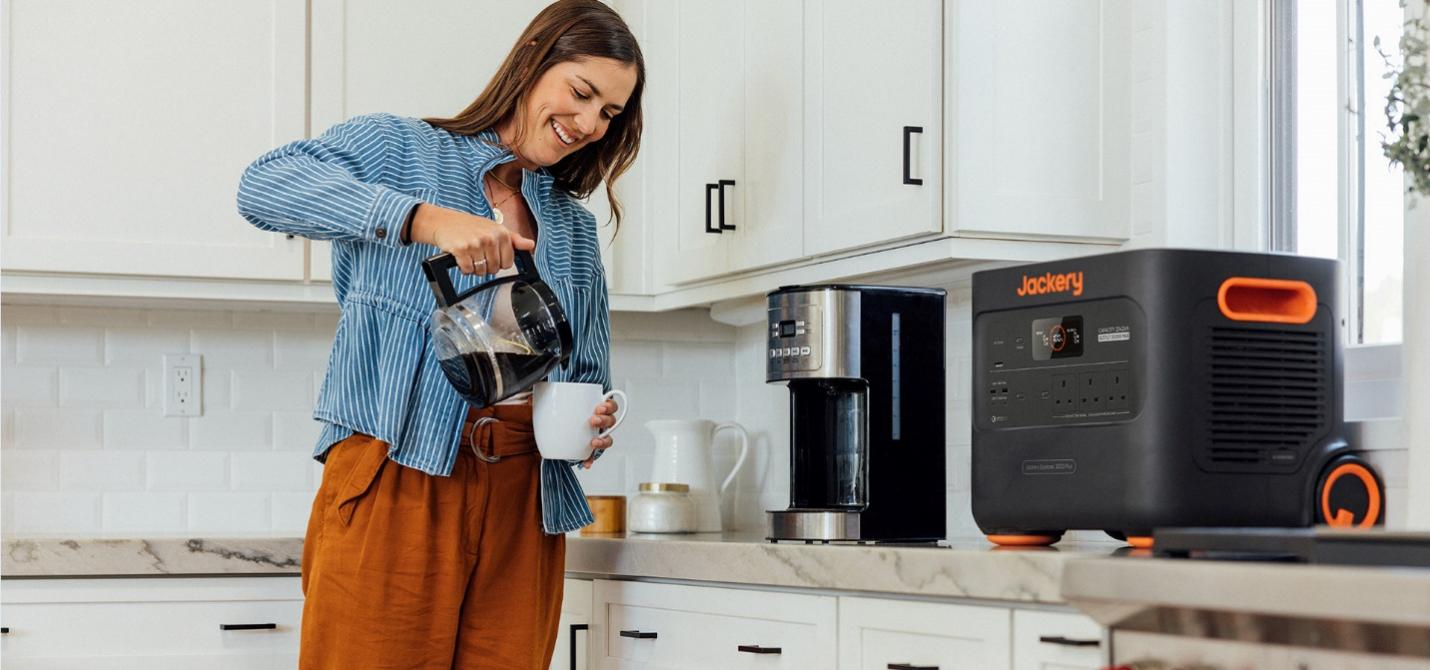Whether upgrading your kitchen or replacing an old electric cooker, ensuring it is correctly wired is vital to its safety and performance. Although wiring an electric cooker in the UK may seem like an essential household maintenance task, it requires a high degree of care and meticulousness to ensure safety.
Different types of electric cookers have different wiring difficulties. In the UK, comprehensive and sufficient preparation before wiring an electric cooker ensures a safe and smooth installation. The following is a detailed guide to wiring an electric cooker, designed to help you complete the wiring of your electric cooker smoothly and avoid unnecessary risks.
|
Key Takeaways: |
|
- Each type of electric cooker has different wiring difficulties and power requirements. - Before starting the wiring work, turn off the relevant circuit breaker or unplug the power plug. - When wiring an electric cooker, you usually need a screwdriver, wire strippers, a multimeter, insulating tape, and wires that meet the specifications. - Wiring an electric cooker requires a rigorous and meticulous operation. - If you are unfamiliar with electrical work, asking a qualified electrician to do the wiring is recommended. - Besides mains electricity, electric cookers can be powered by solar, wind, fuel cells, and generators. We highly recommend Jackery Explorer 1000 v2 and 2000 Plus for powering your electric cooker and other appliances with portable power. |
Types of Electric Cookers & Their Power Consumption
In the UK, many electric cookers in kitchens are divided into three types: freestanding, built-in, and built-in. However, every electric cooker is unique, with different wiring difficulties and power requirements. The following is an analysis of the wiring difficulties and power requirements of the freestanding cooker, built-in cooker and built-under cooker:
1. Freestanding Cooker
Freestanding cookers, such as rice cookers and electric kettles, usually refer to electric cookers that can be moved and plugged in.
Difficulty of Wiring for Freestanding Cooker
In addition, the Freestanding Cooker is generally equipped with a standard plug. As long as the socket in the home meets the specifications, it can be used by plugging in without complicated wiring work.
Power Requirements of Freestanding Cookers
In the UK, the power range of Freestanding cookers is usually between 500 watts and 2000 watts, depending on the capacity and function of the cooker. The power of a Freestanding Cooker is relatively low, the power requirements are relatively simple, and the sockets of ordinary households can meet these needs.
2. Built-in Cooker
Built-in Cooker appliances refer to electric cookers that need to be embedded in kitchen furniture, such as built-in ovens and microwave ovens.
Difficulty of Wiring for Built-in Cooker
In addition, a built-in cooker needs to be installed in a specific location, which increases the complexity of design and construction. Therefore, built-in cooker cookers usually require professional installation.
Power Requirements of Built-in Cookers
Built-in cookers have relatively high power, usually requiring a power socket of more than 16A and an independent circuit. For example, the power of built-in ovens in the UK market is generally around 2000W.
3. Built-Under Cooker
Built-under Cookers refer to appliances that are completely embedded in the kitchen countertop. Common ones include embedded induction cookers and embedded electric ceramic cookers.
Difficulty of Wiring for Built-under Cooker
In addition, the power line for the built-in cooker must be arranged in advance. During the wiring process, factors such as the direction, concealment, and safety of the line must be considered. The operation is complicated, and the risk is high. Since installing built-in cookers involves safety factors such as high voltage and high-power circuits, they must be installed by professionally qualified electricians to ensure compliance with local electrical safety standards.
Power Requirements of Built-under Cookers
Built-under cookers usually require a power socket of more than 20A and an independent circuit to ensure safe and stable use. The UK's power range is generally between 700 watts and 2500 watts.
|
Types of Electric Cookers |
Examples |
Watts |
Hours of Use |
Electricity Consumption |
|
Freestanding Cooker |
Toaster |
1000W |
1 hour |
1kWh |
|
Electric steamer |
700W to 1800W |
1 hour |
0.7-1.8kWh |
|
|
Built-in Cooker |
Built-in oven |
2000W |
1 hour |
2kWh |
|
Built-in microwave |
1000W to 1500W |
1 hour |
1-1.5kWh |
|
|
Built-under Cooker |
Induction cooker |
2000W |
1 hour |
2kWh |
|
Built-in ceramic cooker |
1000W to 2000W |
1 hour |
1-2kWh |
The data in the table is for reference only. The actual situation may differ from the data in the table.
Preparations Before Wire the Electric Cooker
Although wiring an electric cooker seems simple, it is related to its safe use and long-term operation. Therefore, you must make complete preparations before wiring. The following are several key steps that need to be completed before wiring the electric cooker.
Confirm the Power Supply Information
Before wiring the electric cooker, confirm that its rated voltage and frequency match the UK power supply. Most electric cookers indicate their voltage and frequency requirements on the nameplate or in the manual.
Check the Electric Cooker and Power Cord
Please carefully check the electric cooker and power cord to confirm they meet British safety standards and must be marked with BS1363 certification. In addition, before wiring, if the power cord is worn, broken, or the plug is deformed or damaged, etc., replace the new electric cooker or related parts.
Make a Wiring Plan
A detailed wiring plan should be made according to the electric cooker's user manual and internal structure diagram. The wiring diagram can help you understand each wire's connection position and direction to avoid confusion or errors during the wiring process.
Power-Off Operation
Before starting any wiring work, turn off the relevant circuit breaker or unplug the power plug to ensure no electric shock during the operation. In addition, after the power is turned off, you should use a test pen or other detection tools to check whether the circuit is powered off.
Materials and Tools Needed to Connect an Electric Cooker
Before starting wiring work on your electric cooker, you must ensure all the necessary tools and materials are ready. This includes, but is not limited to, screwdrivers, wire strippers, multimeters, and wires that meet specifications. Below, we will detail the basic materials and tools needed to wire your electric cooker.
|
List of Materials and Tools Needed to Wire an Electric Cooker |
|
|
Power cord Plug Terminal blocks Screws and nuts Heat shrink tubing Cable clamps |
Screwdrivers Wire strippers Wire crimping pliers Multimeter Insulating gloves Goggles |
Power Cord: In the UK, the wire diameter of the cable (three-core cable) should be selected according to the power of the electric cooker. Too-thin wires may cause safety hazards, such as heating or even fire.
Plug: When choosing a plug, please consider whether its rated current matches the power of the electric cooker.
Terminal Blocks are used to secure the wires to the internal wiring of the electric cooker.
Screws and Nuts: The size and type of screws and nuts should be selected according to the specific conditions of the electric cooker and the terminal blocks to ensure that the wires can be firmly fixed.
Heat Shrink Tubing wraps the terminal blocks to increase insulation and protection.
Cable Clamps are used to fix cables to prevent loosening or tension.
Screwdrivers: Please prepare a complete set of screwdriver tools for disassembling the electric cooker casing and tightening the screws.
Wire Strippers strip the insulation layer at the end of the wire to expose the metal wire part.
Wire Crimping Pliers press the terminal to ensure that the wire is firmly connected to the terminal.
Multimeter: A multimeter tests the connectivity of wires and plugs, helping operators detect circuit problems quickly and accurately.
Insulating Gloves can isolate current and protect the operator's hands from electric shock.
Goggles: Fine metal chips or dust may be generated during electrical operations. Goggles can effectively prevent these foreign objects from entering the eyes.
Step-by-step Guide: How to Wire an Electric Cooker?
Although wiring an electric cooker in the UK may seem essential, it is a meticulous process to ensure its safety. Below is a detailed step-by-step guide to help you wire your electric cooker safely and securely.

Step 1: Remove the Wiring Cover
First, carefully look for the wiring cover on the back or bottom of the electric cooker. The wiring cover is usually located in a corner or the centre of the electric cooker and is secured by screws.
Next, use a Phillips screwdriver to carefully remove the screws on the electric cooker terminal cover and gently remove the cover. Keep the cover in a safe place to avoid losing or damaging it.
Step 2: Connect the Wires
Use wire strippers to remove about 10 mm of insulation from the end of the cable, exposing the three core wires (usually brown, blue, and green/yellow). Be careful not to damage the core wires.
Connect the live wire: Connect the brown wire to the terminal red or marked "L".
Connect the neutral wire: Connect the blue wire to the terminal black or marked "N".
Connect the ground wire: Connect the green/yellow wire to the terminal marked with "E" or green.
You can use wire crimping pliers to crimp the terminal to ensure the wire is firmly connected. Use even force to avoid damaging the terminal or wire.
Step 3: Check the Connection of the Wires
Carefully check that each wire is connected to the correct terminal and confirm that there are no loose or exposed metal parts. This step is key to ensuring proper and safe wiring.
Then, please put the heat shrink tubing on the terminal and heat it with a heat gun or lighter to shrink it and fit it tightly to the terminal.
Step 4: Reinstall the Terminal Cover
Reinstall the terminal cover on the electric cooker, ensuring it is aligned and installed firmly to avoid damaging the outer shell. If the terminal cover is loose, it may cause poor contact or exposure to the wires, posing a safety hazard.
Step 5: Install the Plug and Organise the Power Cord
Connect the live wire, neutral wire, and ground wire to the corresponding terminals of the plug and tighten the screws. At the same time, make sure that the power cord of the electric cooker is long enough to connect to the socket.
In addition, securely install the cable clamp at the electric cooker's cable outlet to ensure that the cable will not loosen or be subjected to unnecessary tension.
Step 6: Power-On Test
First, reconnect the power and use a multimeter to test the connectivity between the plug and the electric cooker to ensure no fault. Second, the multimeter readings must be carefully observed to ensure that the electric cooker is working correctly, paying attention to the operation of various functions.
Finally, observe whether there are any abnormal sounds, sparks, or odours in the running electric cooker. In addition, please use a leakage protector to test whether the power cord leaks. If any problems are found, turn off the power immediately and check the wiring.
Safety Measures to Take When Wiring an Electric Cooker
In the UK, wiring an electric cooker is a task that requires meticulous operation. The operator must have specific electrical knowledge. The following safety measures should be taken when connecting an electric cooker in the UK.

Safety Measure 1: Understand Safety Regulations
Please familiarise yourself with and comply with the UK electrical safety regulations in advance, such as BS 7671 "Electrical Installation Requirements." During wiring, you should strictly follow the rules to ensure electrical safety.
Safety Measure 2: Grounding Protection
The UK power supply system usually adopts the TN-S grounding system, which ensures the electric cooker is grounded correctly to prevent leakage accidents.
Safety Measure 3: Preparation of Environmental Conditions
Please ensure the wiring environment is clean and tidy, and avoid operating in a humid and flammable environment. Keep the work surface flat to prevent tools and materials from being scattered. In addition, wiring should be avoided during peak power consumption hours to reduce the impact of voltage fluctuations on the equipment.
Safety Measure 4: Power off Operation
Before starting any wiring operation, ensure the power is off and use a multimeter to test and confirm that there is no voltage. Powering off is the most basic safety measure for wiring operations, and it can effectively prevent electric shock accidents.
Safety Measure 5: Seek Professional Help
If you are unfamiliar with electrical work, it is recommended to ask a qualified electrician to do the wiring to avoid safety accidents caused by improper operation. Professional electricians have rich experience and skills and can better handle electrical problems.
Is There Another Way to Power an Electric Cooker?
Currently, mains electricity is the primary way to power households in the UK. However, with the development of technology and the improvement of environmental awareness, more and more alternative power supply methods have entered people's lives. The following are several ways to power electric cookers in addition to mains electricity.
Solar Power
Installing solar panels converts solar energy into electricity for electric cookers. In sunny weather, solar panels can efficiently generate electricity for electric cookers. For families with independent houses or gardens, installing a home solar power generation system is a good choice.
Suppose you think a solar panel system for your home is pricey. In that case, you can also choose a portable solar power system, such as a Jackery Solar Generator, to turn sunlight into electricity to power your appliances at home or outdoors.
|
Advantages and disadvantages of solar power |
|
|
Advantages |
Disadvantages |
|
clean and renewable long-term benefits energy independence government incentives |
weather-dependent high initial cost high storage cost large space requirements |
Wind Power
Wind turbines can convert wind energy into electricity for electric cookers. In the UK, especially in coastal and highland areas, wind resources are abundant and suitable for installing small wind power generation equipment. Although wind energy output is greatly affected by weather conditions, it can be combined with solar energy to form a complementary supply and ensure a continuous electricity supply.
|
Advantages and disadvantages of wind power |
|
|
Advantages |
Disadvantages |
|
Clean and renewable Large power generation Short construction and installation period Flexible scale |
Noise and visual pollution Geographical restrictions Unstable power generation |
Fuel Batteries
A fuel battery is a device that directly converts chemical energy in fuel into electrical energy through an electrochemical reaction. Common types of fuel batteries include hydrogen and methanol batteries. In the home, a small fuel battery system can be installed, using hydrogen or methanol to provide electricity for the electric cooker.
|
Advantages and disadvantages of fuel batteries |
|
|
Advantages |
Disadvantages |
|
Efficient and clean Quiet operation Sustainable power supply Various fuels |
High cost Fuel storage issues Imperfect infrastructure (inconvenient fuel refueling) Immature technology |
Generators
A generator can power the electric cooker without a mains power supply. Common types of generators include gasoline, diesel, and gas generators. Although convenient and fast, generators consume fuel, producing noise and exhaust gas. Therefore, when using a generator to power the electric cooker, you must pay attention to safety and environmental protection issues.

Except for traditional generators, portable power stations, like Jackery Portable Power Station, are a wise choice to power your electric cooker without any fumes, noise, or dangers. All you need to do is connect your electric cooker to the power station to start. If you worry about consuming the power station's electricity, it is easily recharged by wall sockets, carports, Jackery Solar Panels or other generators.
|
Advantages and disadvantages of generators |
|
|
Advantages |
Disadvantages |
|
Stable power supply High power Wide application range Quick start-up |
Severe pollution High operating cost Poor safety Depends on fossil fuels |
In short, besides mains power, there are many ways to power the electric cooker in the UK. These methods have advantages and disadvantages and are suitable for different occasions and needs.
Jackery Portable Power Stations for Electric Cookers
Portable power stations are essential for electric cookers, especially when grid power isn't available. They make it easy to cook meals while camping, during power outages, or in remote areas with limited access to electricity.
They provide a safe and reliable way to cook food without using traditional fuel sources like campfires or gas stoves. Depending on the station's power capacity, users can run various electric appliances, such as slow cookers, electric grills, and even ovens.
The industry-leading battery management system of Jackery Portable Power Station safeguards your charging devices with 12 layers of control, and its excellent fire and shock resistance allows you to use it confidently in any situation. Safety comes first.
Up to 30% of its weight and dimensions are reduced compared to alternatives. It has an ergonomic handle design and is convenient to transport to any desired location. Jackery offers portable power solutions ranging from 99W to 12 kWh, capable of powering up to 99% of equipment, including phones, cameras, drones, portable speakers, electric hand warmers, etc.
|
Electric Cookers |
Working Hours |
|
|
Jackery Explorer 1000 v2 |
Jackery Explorer 2000 Plus |
|
|
Freestanding Cooker (1000W) |
0.9H |
1.6-9.6H |
|
Built-in Oven (2000W) |
0.43H |
0.8-4.8H |
|
Built-in Microwave (1000W) |
0.9H |
1.6-9.6H |
|
Induction Cooker(2000W) |
0.43H |
0.8-4.8H |
|
Built-in Ceramic Cooker (1000W) |
0.9H |
1.6-9.6H |
(*The working hours are only for reference; the actual working hours depend on your usage.)
Jackery Explorer 1000 v2
First, we recommend Jackery Explorer 1000 v2 for powering electric cookers. From its capacity to its design, it is suitable as a portable power supply to provide enough electricity for small to medium household appliances.
The Explorer 1000 v2 Portable Power Station has an excellent 1500W output and 1070Wh capacity, 50% higher than the Explorer 1000. It can power high-demand items like portable space heaters, kettles, etc. Equipped with USB-A/C connections and dual PD charging up to 100W, it can simultaneously charge several devices (phone, laptop), rendering it the ideal companion for all your power requirements.
The app's Emergency Charge Mode allows the Explorer 1000 v2 Portable Power Station to be fully charged in less than an hour, offering vital power backup when the battery runs low. Moreover, charging from 0% to 100% within two hours via an AC wall outlet prolongs battery longevity.
Experience serenity with its nearly silent operation, maintaining noise levels below 22dB while energising your devices. This power station guarantees uninterrupted enjoyment during camping, work, or relaxation so that you can power your electric cookers and other electronics without noise.

Review from Our User:
I purchased this after having trouble with petrol generators that were hard to start and unreliable in the field for my horses. I also needed a backup for my touring caravan. I've only used it a few times so far, but I'm happy with its ease, and I got it at a great pre-sale price.
Jackery Explorer 2000 Plus
Compared to Explorer 1000 v2, the Jackery Explorer 2000 Plus is more suitable for powering high-capacity electric cookers and other kitchen appliances with 2 to 12 kWh battery capacity.
A typical electric cooker may consume 1000W of electricity. An Explorer 2000 Plus can ensure it works for over 10 hours, especially during a power outage or peak hours, to save electric bills at home. It is expandable to 3000W, a 30% rated power increase above other 2 kWh models on the market. It powers practically all necessary tools and appliances.
The multiple recharging methods make it simple to power electric cookers. You can recharge it with six pieces of Jackery SolarSaga 200W solar panels for 2 hours on a sunny day, or you can recharge it by wall sockets (1.7 hours) and carport (25 hours).
Leading-edge quick charge technology from Jackery, Charge Shield offers 62 protective mechanisms, 12 protective algorithms, and four forms of physical safety protection. This technology improves safety and extends battery pack life by 50% by applying a unique stepped variable-speed charging technique.

Review from Our User:
I currently own a Jackery 500 along with two 100W Jackery solar panels, and I can confidently say that this company is exceptional. I needed a more powerful generator for my trips when I purchased my caravan. Jackery! I enjoy my 2000 Plus. It isn't very easy for me. I genuinely appreciate having both the handles and the wheels to transport my generator. My caravan batteries are charging and should be done in about 2 hours, with plenty of power available for other uses.
How to Wire an Electric Cooker FAQs
The following are the frequently asked questions about how to wire an electric cooker:
1. Can you wire an electric cooker yourself?
You can wire an electric cooker yourself. However, hiring a professional to do the work is recommended, especially if you are unfamiliar with electrical work. Professionals ensure that safety regulations are met and reduce the risk of accidents compared to wiring the electric cooker yourself.
2. What are the risks of improperly wiring an electric cooker?
Improperly wiring an electric cooker can lead to a range of problems:
The electric cooker will not work properly
The electric cooker will operate inefficiently
Electrical hazards
Circuit overloads
Fire hazards
Property damage caused by melted insulation wires
In short, you should not wire an electric cooker yourself unless you have the right skills, knowledge, and experience.
3. Will you encounter problems when wiring an electric cooker?
There are some common pitfalls and challenges that may arise during the process of wiring an electric cooker.
Here are three common problems you will encounter when wiring an electric cooker:
• Incorrect cable size
• Poor grounding
• Loose connections (loose wires or improper connections in the terminal block)
Final Thoughts
For most families, the electric cooker is a mainstay of the kitchen. By following the above guidelines for wiring an electric cooker, you can not only extend the cooker's life but also effectively avoid electrical accidents and ensure family safety. However, please ensure safety when wiring your electric cooker, follow electrical operating procedures, and avoid potential risks.

